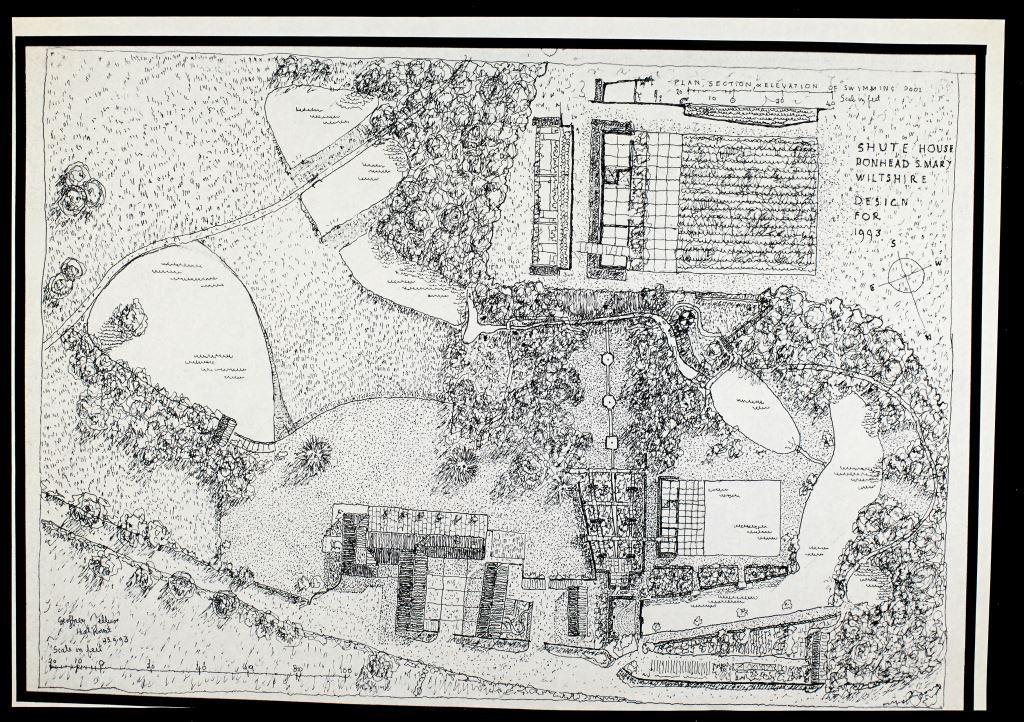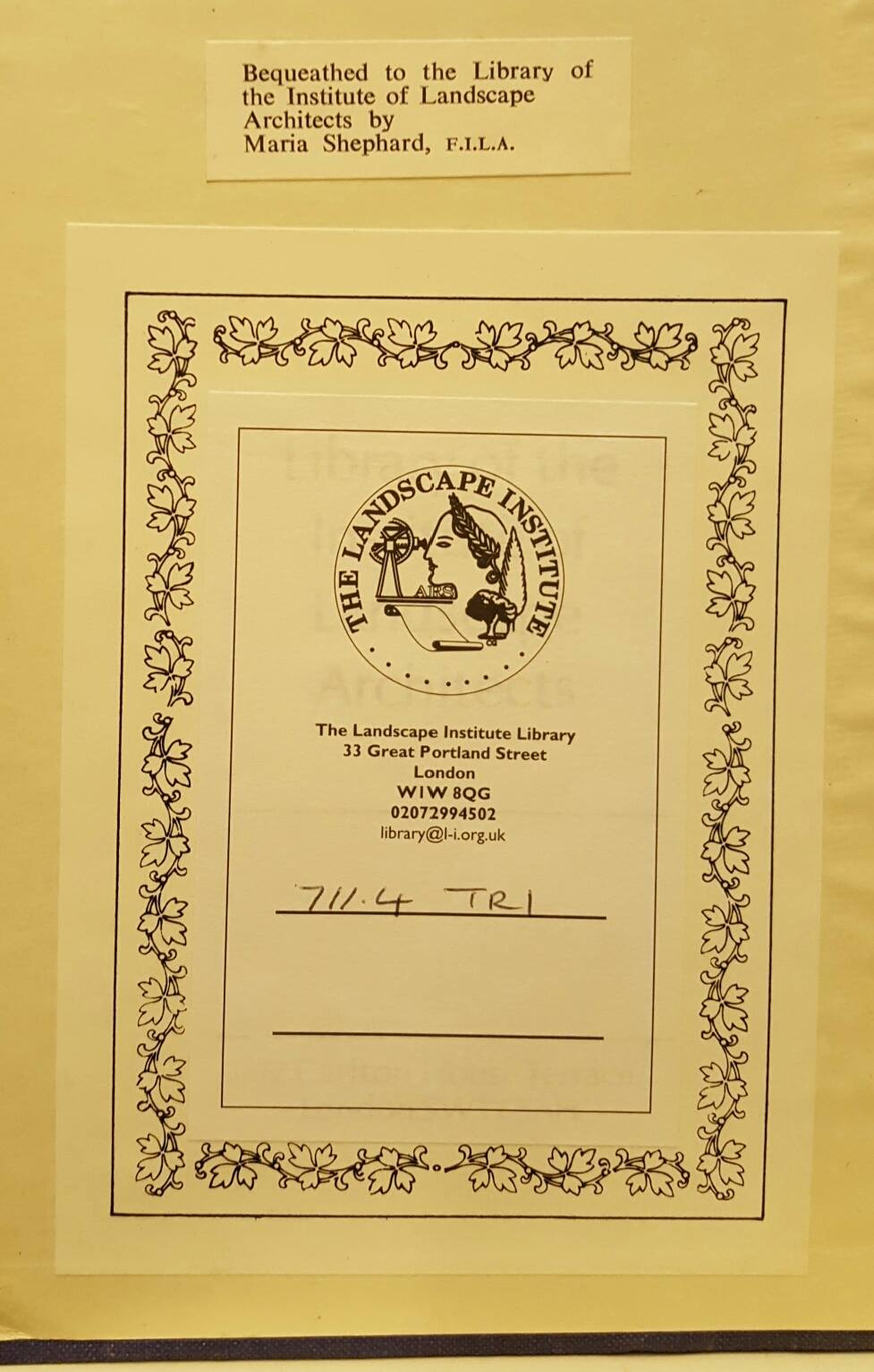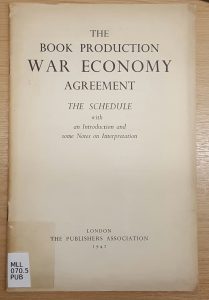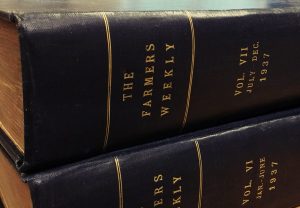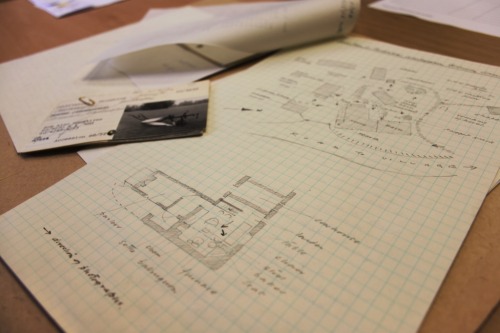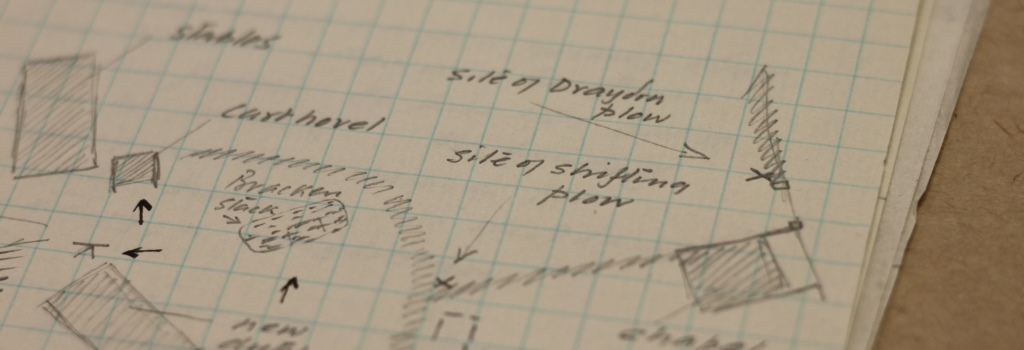
Written by Claire Wooldridge, Project Librarian
Over the past few years, my colleague Jen (Landscape Institute Archivist) and I have been working to integrate the library and archive of the Landscape Institute into the collections of the Museum of English Rural Life.
The LI collections are rich and varied, including material such as books, pamphlets, periodicals, press cuttings, minutes, membership lists, financial papers, Institute publications and a slide library.
Now the time has come for me to sort out the Landscape Institute cuttings collection.
What are cuttings?
 In a library context a cuttings collection is most likely to include articles cut out of newspapers or other periodicals, or press cuttings. It is also likely that other types of ephemera will find their way into a cuttings collection, such as offprints (reprints of articles from editions of a publication), leaflets, advertisements, catalogues or posters.
In a library context a cuttings collection is most likely to include articles cut out of newspapers or other periodicals, or press cuttings. It is also likely that other types of ephemera will find their way into a cuttings collection, such as offprints (reprints of articles from editions of a publication), leaflets, advertisements, catalogues or posters.
A collection such as this arises from individuals cutting out relevant articles and compiling them. So they are a kind of personally (or institutionally) curated collection. A lot of us are likely to have done this ourselves – cutting out and keeping articles of printed material that have a personal connection or are of local interest.
Therefore we treat cuttings as a library collection, as they are culled from printed material.
The LI cuttings collection includes material from the 1960s to the early 2000s. It includes a lot of biographical articles on leading landscape architects, especially obituaries. This is alongside material on policy affecting the work of the landscape architect and features on particular parks, gardens and landscape projects.
Does the MERL Library hold any other cuttings?
Yes we hold a MERL Library cuttings collection which we still add to. This is in filing cabinets in the Reading Room and is organised in a sequence based on the MERL Library subject classification scheme.

Why keep cuttings?
Cuttings can be a problem for librarians! Their ephemeral and often flimsy nature can make their provenance difficult to attribute, while storage and organisation can also be a challenge.
Nonetheless, it is precisely the ephemeral nature of cuttings that make them so valuable to researchers. There is no better insight into contemporary views and public opinion on landscape architects and their projects than by reading what was being written about them at the time.
Of course, a lot of this material will now be available online or elsewhere. Still this collection is of historical interest in itself, as a record of what the Landscape Institute felt it was important to cut out and keep.

When will the cuttings be made available?
I am currently about 25% of the way through sorting the LI’s collection of hundreds of cuttings! Thankfully I have a wonderful volunteer, Tina, who is going to help me with the project. Together we will be numbering, listing and repackaging the cuttings. I would hope that this project will be completed towards the end of the year, but please get in touch via merl@reading.ac.uk if you are interested in using the collection before then.


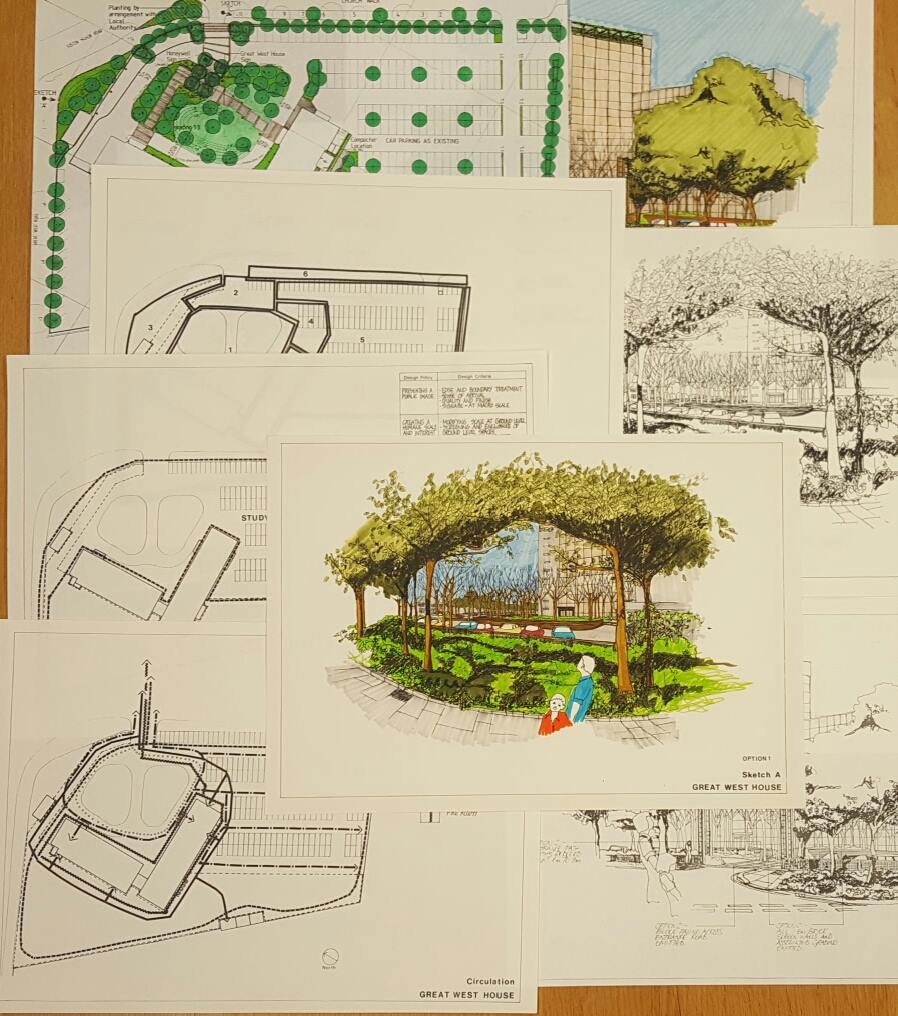

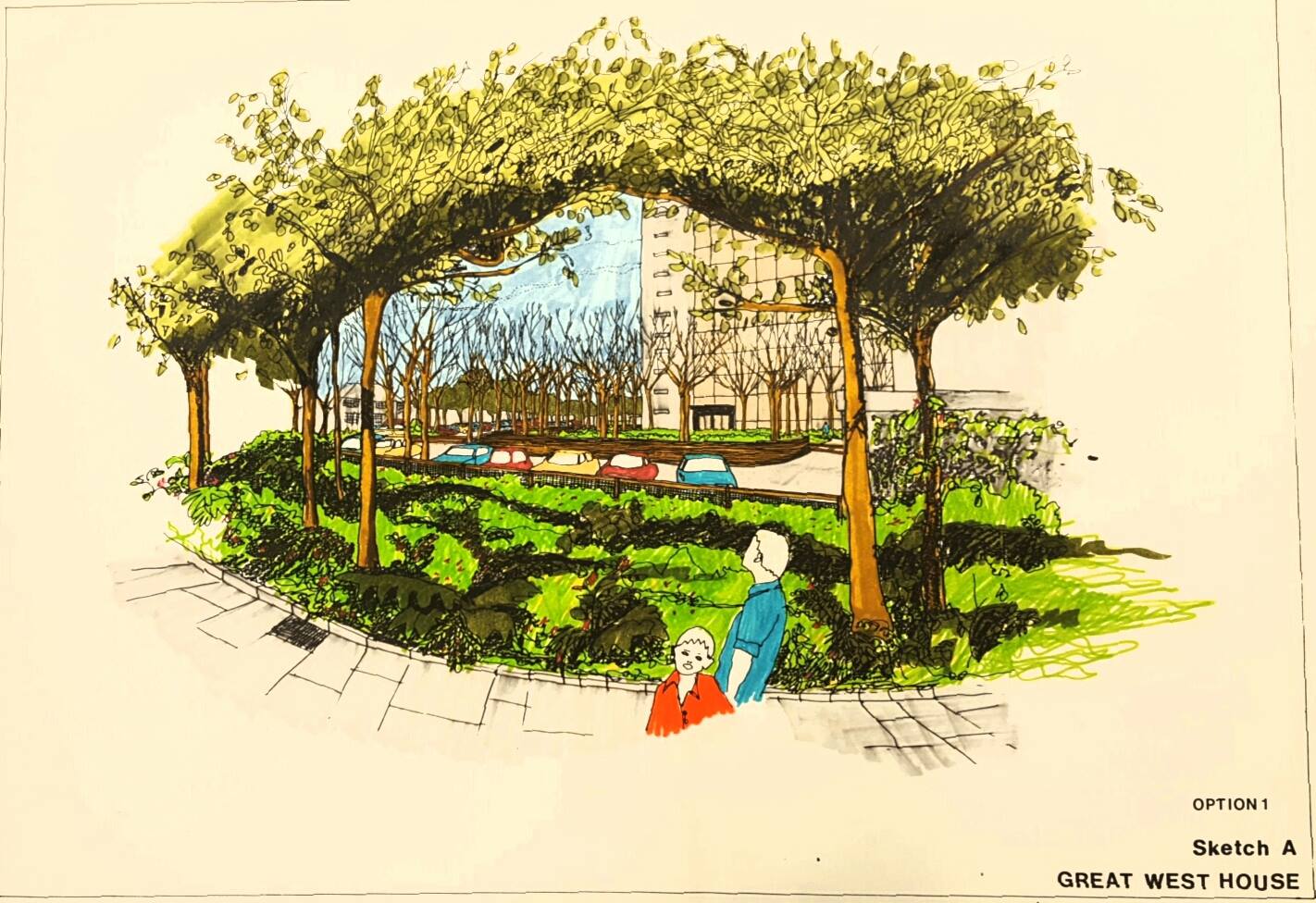
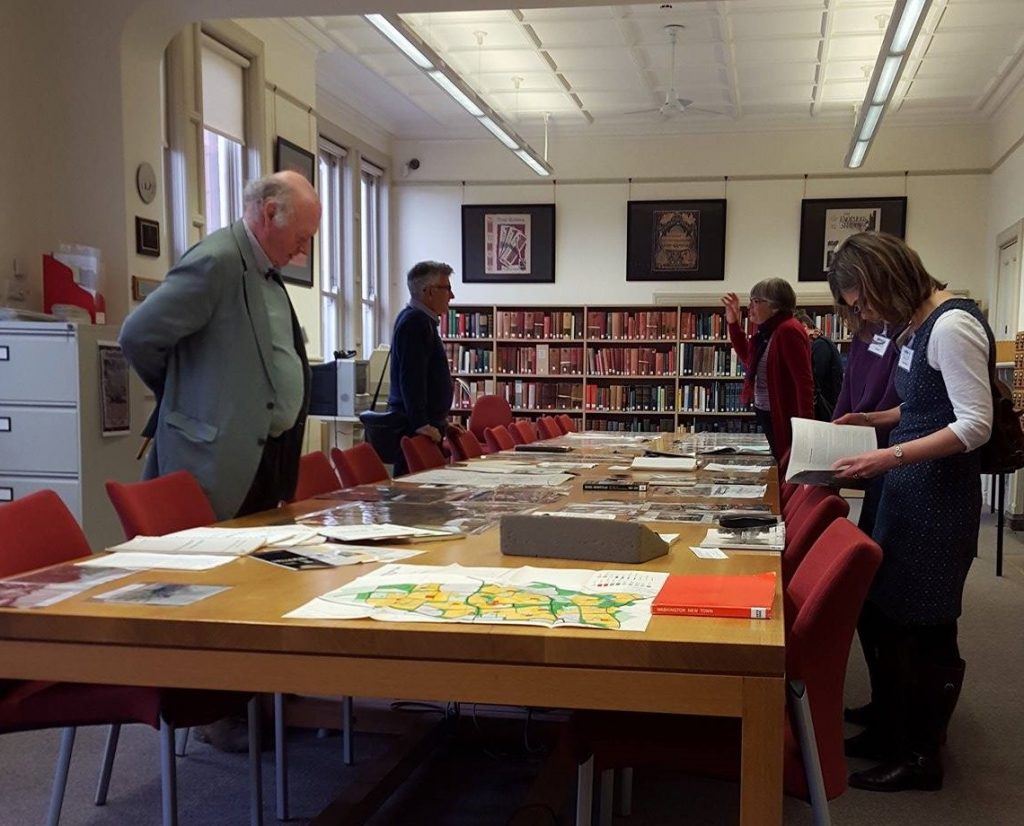
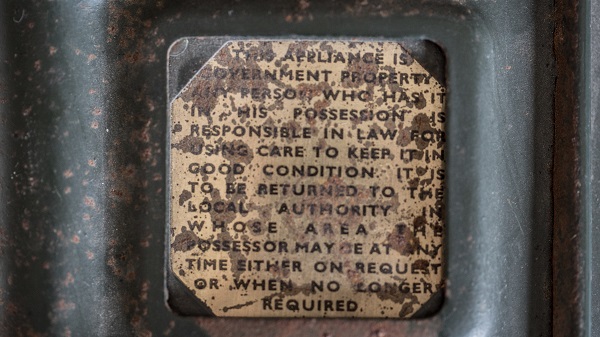



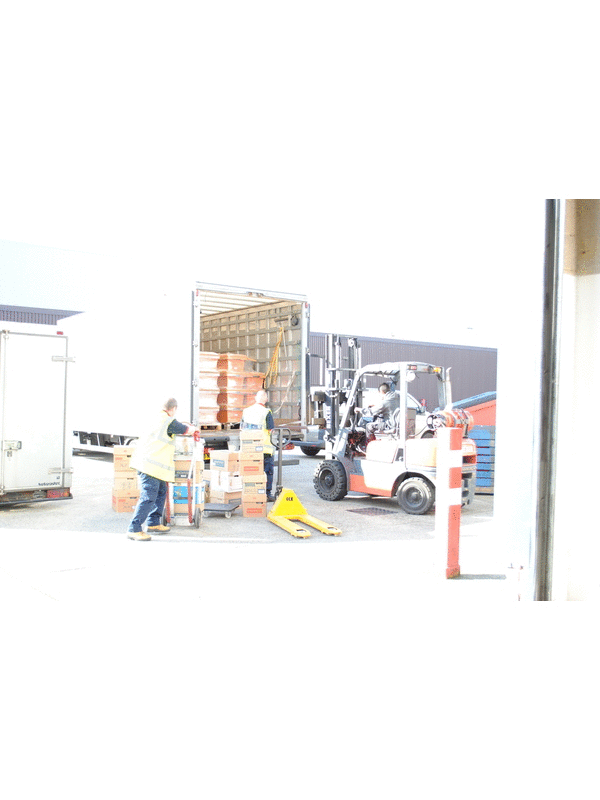
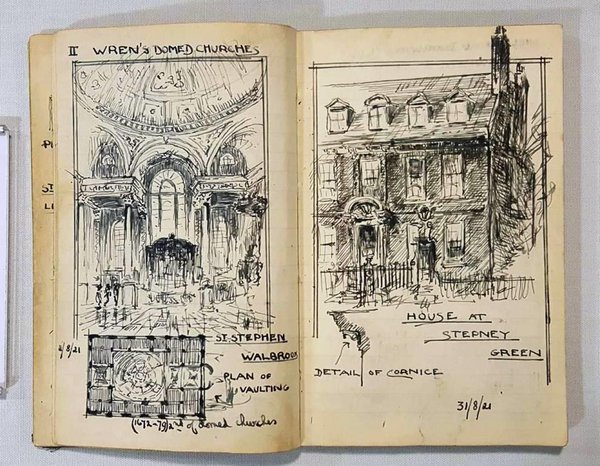
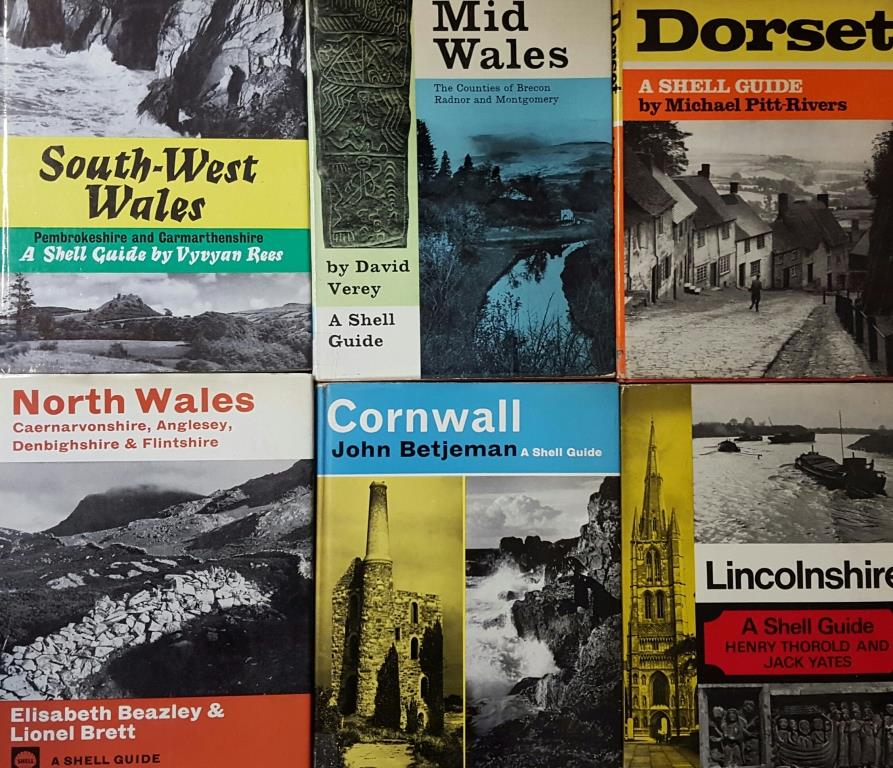


![From AR COL A/6/5, Folder relating to Little Peacocks Garden, Filkins [Brenda Colvin's home from 1960s]](https://blogs.reading.ac.uk/merl/files/2015/02/AR-COL-A_6_5-Little-Peacocks_8.jpg)

